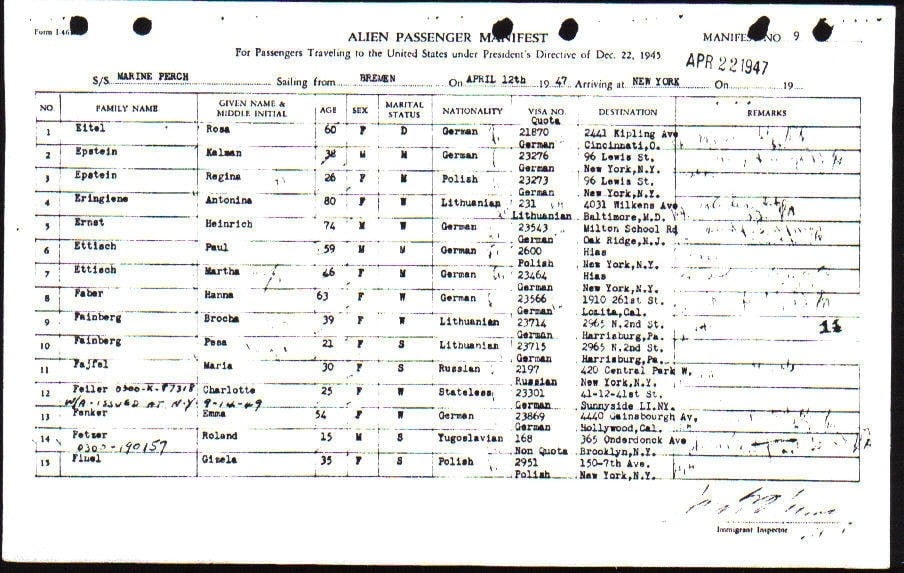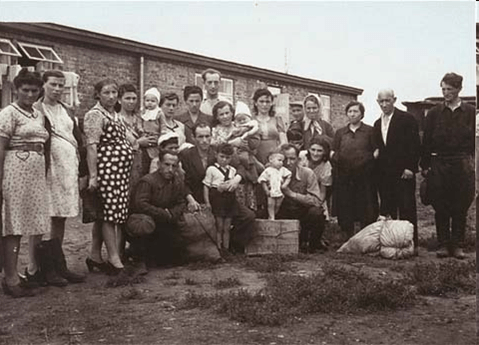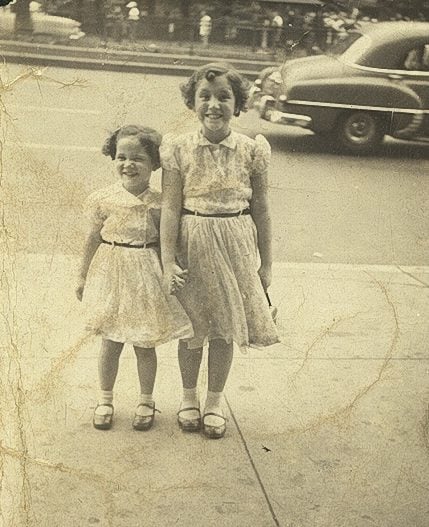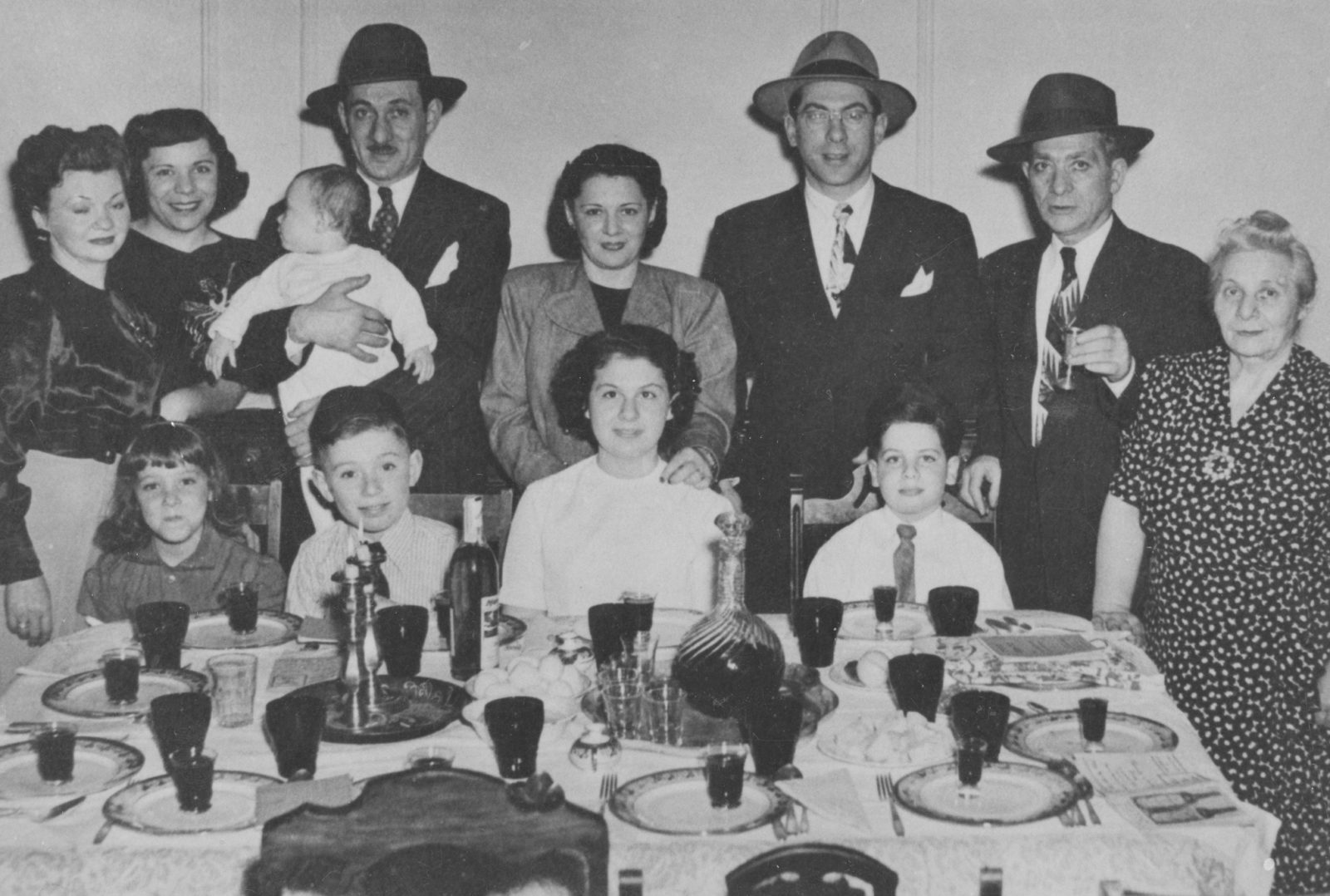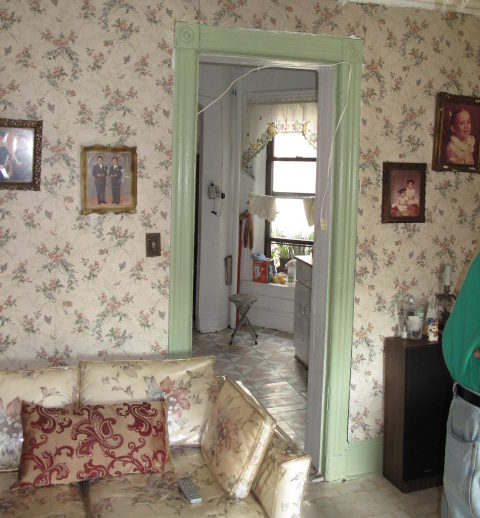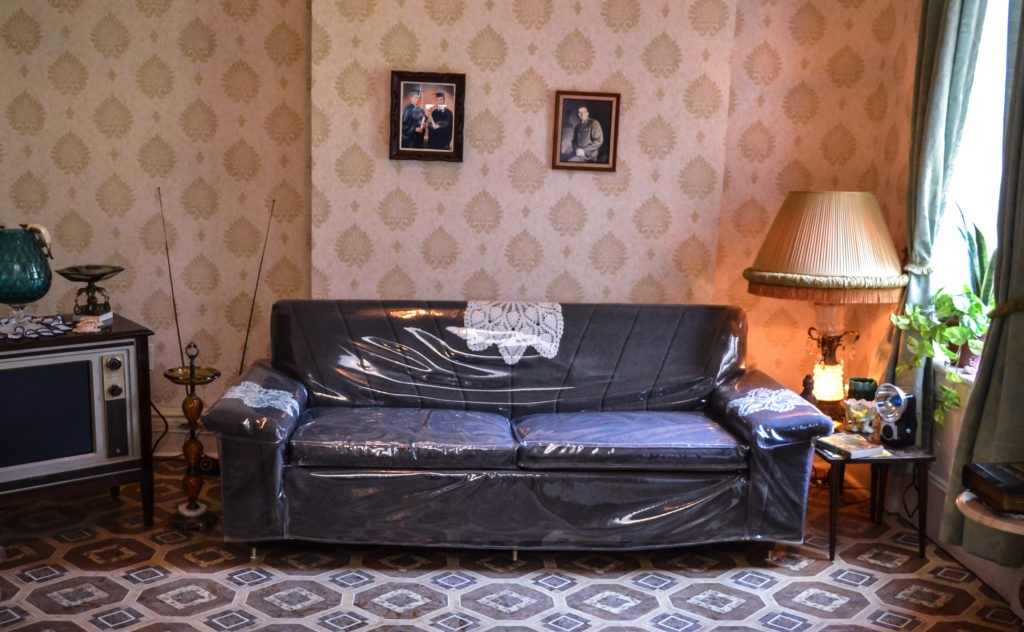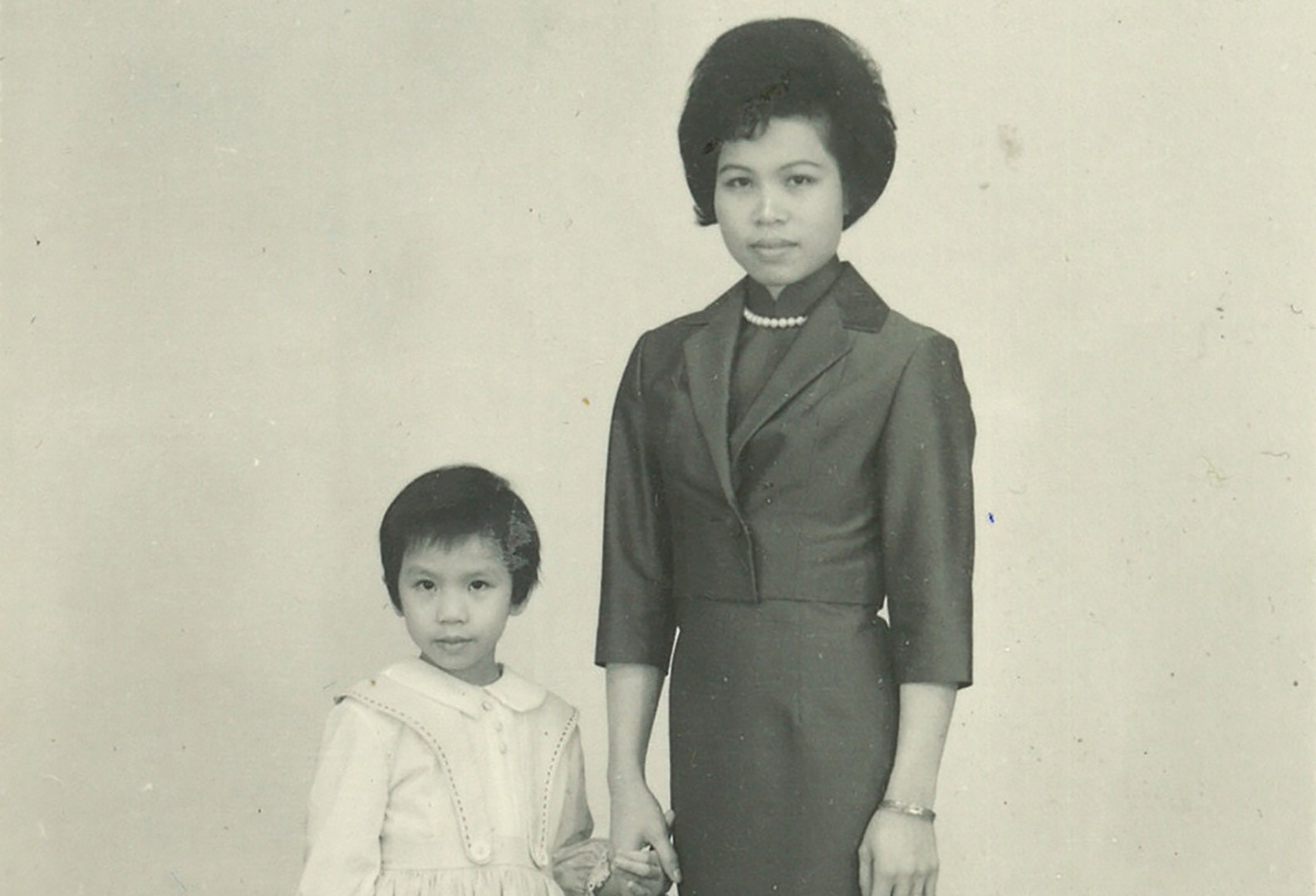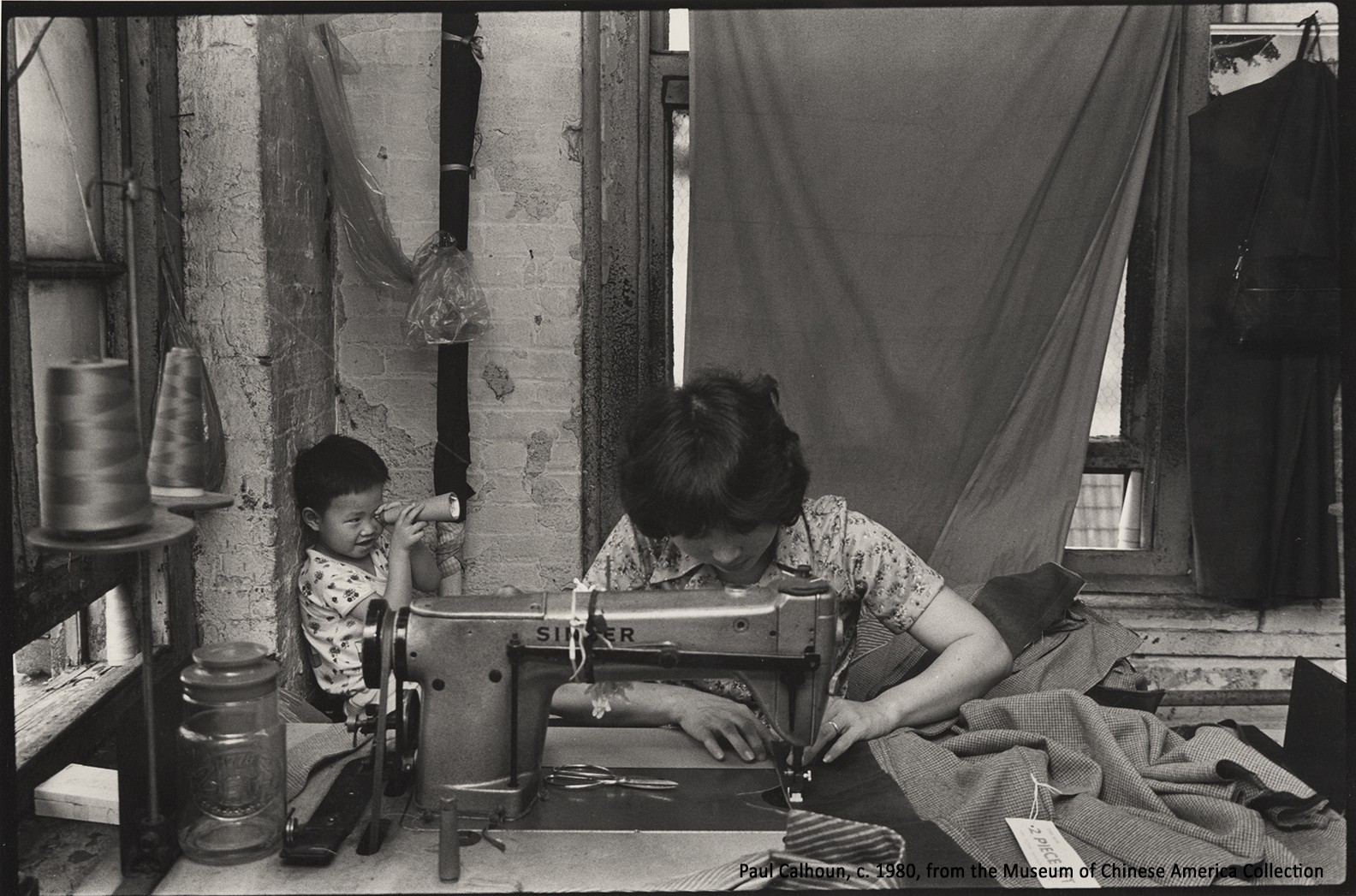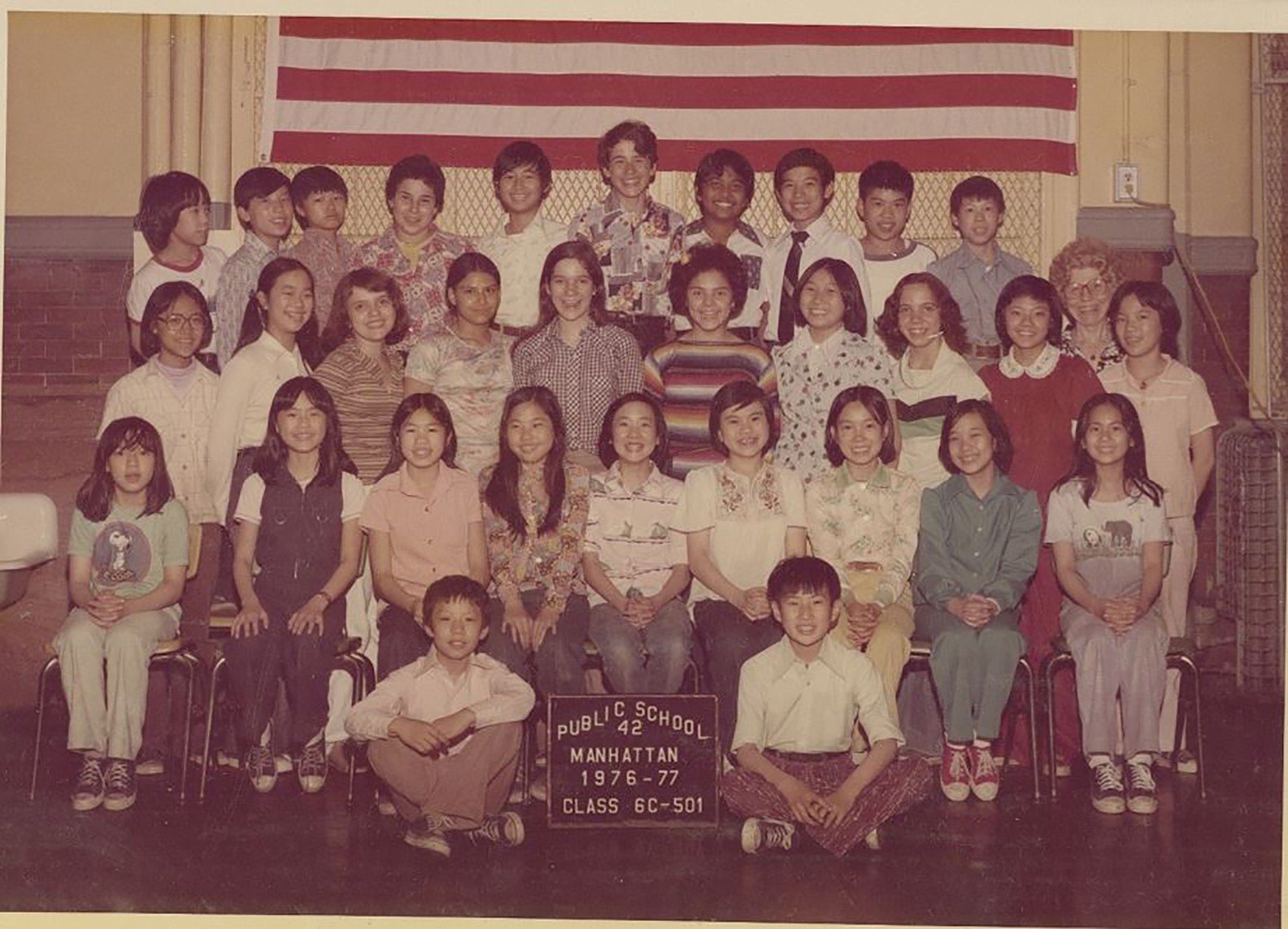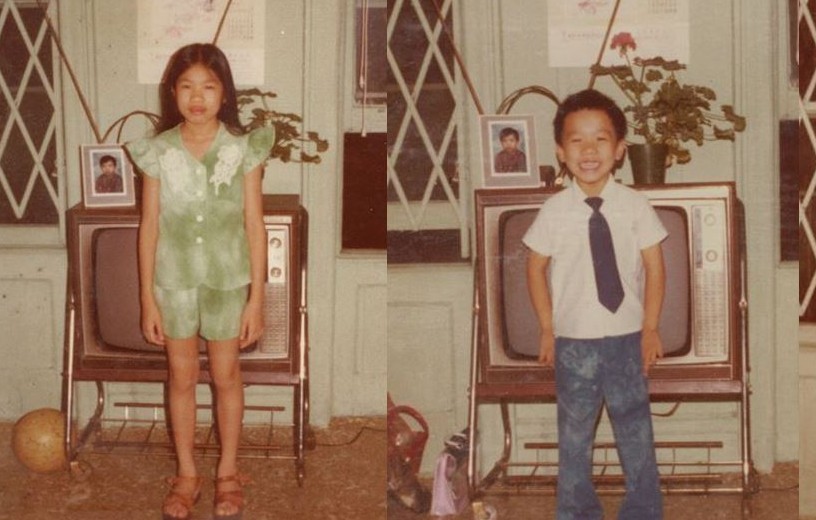Over its 127 years as a residence, 103 Orchard Street was home to more than 10,000 people who reflected the diverse immigrant and migrant populations of the Lower East Side. Built in 1888, 103 Orchard has gone through several changes – both in its construction and its demographics – that reflect the many ways in which New York City itself has transformed over the decades.
While tours in 97 Orchard stop at 1935 when the building was shut down, our tours at 103 Orchard Street share the stories of newer families who came to the Lower East Side after World War II seeking a new chapter in their lives. These contemporary stories of migration reveal an evolving American identity and explore how neighbors lived alongside one another in a mixed neighborhood like the Lower East Side.

